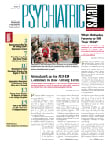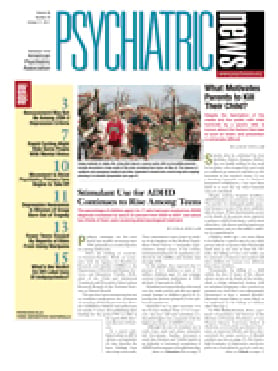The European financial crisis that began in Greece and is now rumbling across the rest of the continent may be taking its toll on more than bank accounts.
The Wall Street Journal published a long article on September 20 about a wholesale-food dealer in Greece who committed suicide as his business began to fail when credit grew short.
His death was not an isolated incident, the paper reported. Suicides were up in Greece by 40 percent in the first five months of the year, compared with the year before, and the rate has doubled to 6 per 100,000, a troubling figure in that country although still less than the U.S. rate of 10 per 100,000.
Coincidence or not, anecdotal reports are given some context by recent research in several countries on the relationship between economics and suicide, a relationship that grows more nuanced as more factors are included.
Greek researchers writing in the April-June issue of the journal Psychiatriki compared unemployment and average income statistics with mental health variables such as psychiatric clinic admittance, visits to outpatient departments and emergency units, suicides, homicides, mortality rates, and divorce.
Data from the four hospitals in the study revealed a significant negative correlation between average income and suicide rates and a positive correlation between average income and divorce rates.
Analysis of 2009 data from 10 European countries indicated that a previous downward trend in suicides turned upward as unemployment began to rise in the middle of 2008, said David Stuckler, M.P.H., Ph.D., a lecturer in sociology at the University of Cambridge, writing in the July 9 the Lancet.
"[W]e can already see that the countries facing the most severe financial reversals of fortune, such as Greece and Ireland, had greater rises in suicides (17 percent and 13 percent, respectively) than did the other countries," wrote Stuckler and colleagues. Both Greece and Ireland have suffered economic crises in recent years. Among the 10 countries studied, only in Austria did suicides decline from 2007 to 2009.
Over the same time, road-traffic deaths fell in these countries, possibly because people drove less often, said the authors. Suicides and traffic deaths largely offset each other so that there was no significant change in overall mortality, Stuckler reported.
Ironically, he noted, governments collect economic data quickly, but health data ordinarily lag by several years.
Nevertheless, the authors said, "these findings reveal the rapidity of the health consequences of financial crises."
In the United States, researchers at the Centers for Disease Control and Prevention (CDC) found a more complex picture of the relationship by taking the long view of the correlation between business cycles and suicide rates from 1928 to 2007 in the United States.
The overall suicide rate peaked at about 22 per 100,000 in 1932 during the Great Depression, declined thereafter through the end of World War II to about 11 per 100,000, rose slightly after the war, and then fluctuated until reaching its historic low of 10.4 per 100,000 in 2000. The rate then began to rise again, wrote Feijun Luo, Ph.D., of the Division of Violence Prevention in the CDC's National Center for Injury Prevention and Control, and colleagues in the June American Journal of Public Health.
Age-adjusted suicide rates saw a relative rise during all recessions except the ones in 1974-1979 and 1982-1989, wrote Luo.
"[P]eople in prime working ages (25-64 years) were more vulnerable to recession than were others," he said. "[J]ob loss may cause more hardships to those people than to others."
The Great Depression saw consistently high rates among all age groups, but considerable variation characterized other time periods. For instance, suicide rates among people aged 55-64, 65-74, and over 75 declined during the expansion years of the 1960s, while rates for those aged 15-24, 25-34, and 35-44 rose during the same period.
"[F]or the young groups, some risk factors for suicide [may have] outweighed the benefit of economic expansion; for the elderly groups, some protective factors for suicide may have more than offset the risk of a severe recession," Luo suggested.

